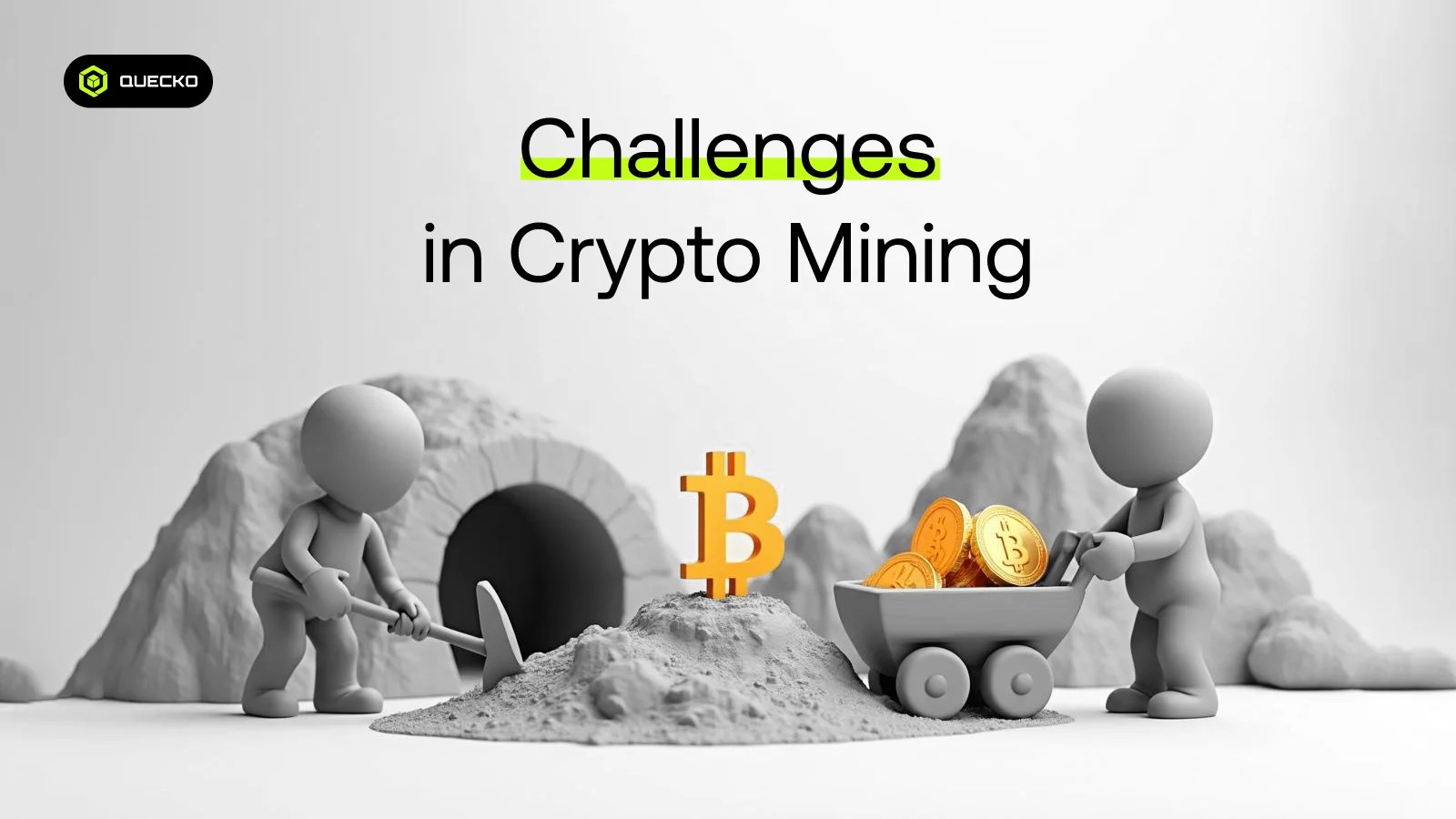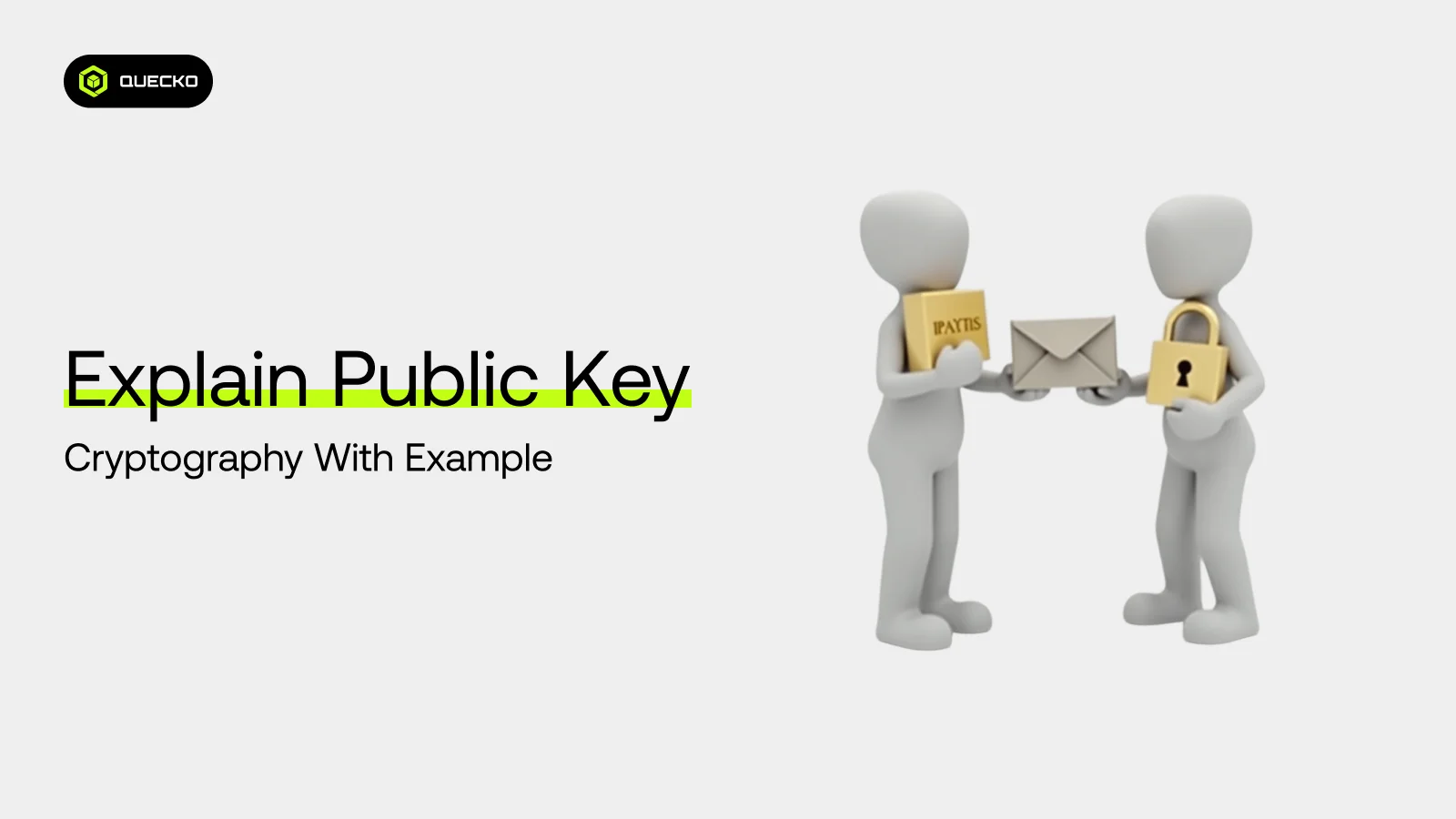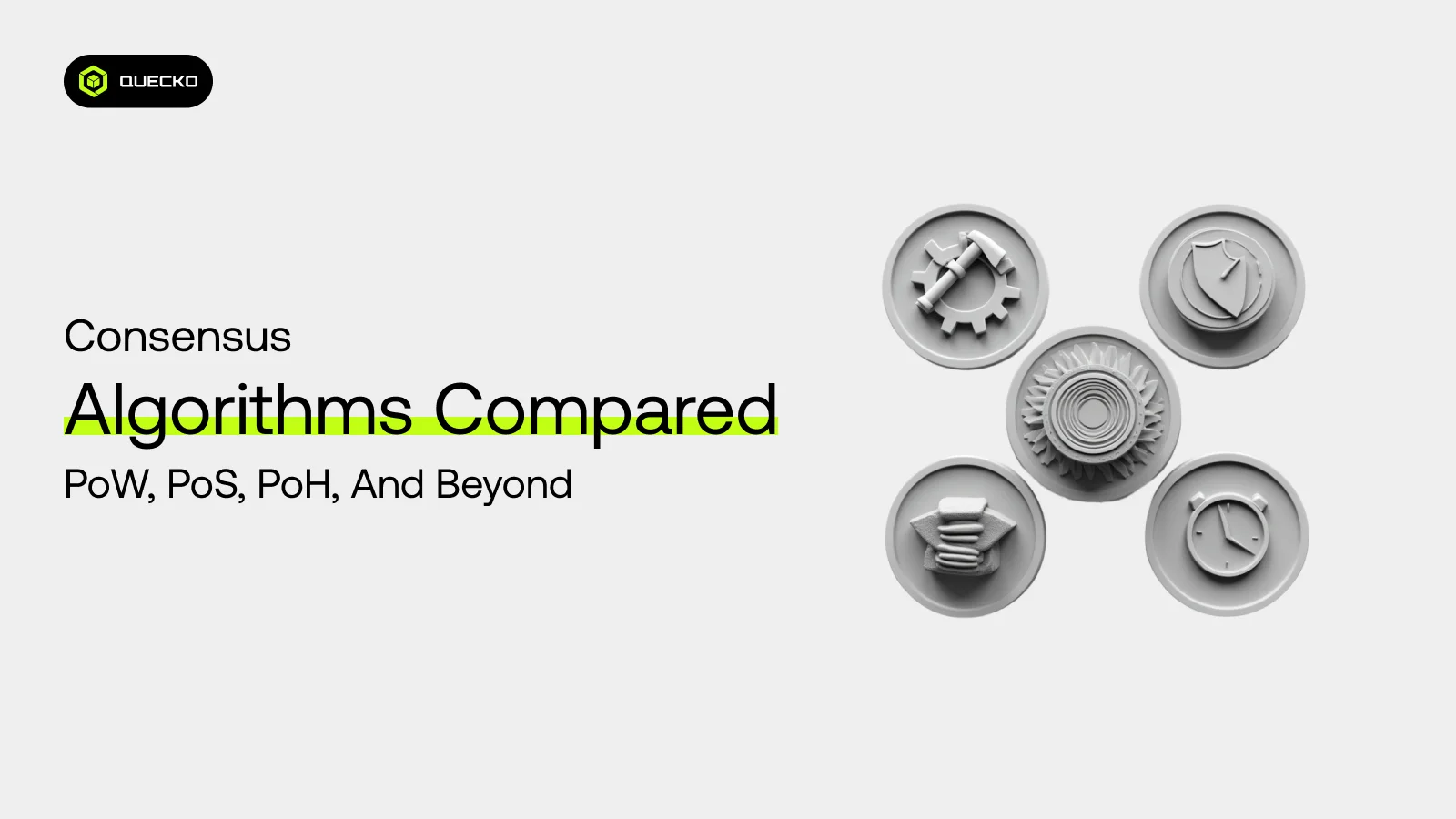What is PoAI in Blockchain
Discover PoAI (Proof of AI) in blockchain—a novel consensus mechanism combining AI and blockchain for enhanced security and efficiency. Learn how it works!
Blockchain technology has revolutionized the way we think about trust, transparency, and decentralization. At the heart of every blockchain lies a consensus mechanism, a protocol that ensures all participants agree on the state of the ledger. From Proof of Work (PoW) to Proof of Stake (PoS), these mechanisms have powered cryptocurrencies and decentralized applications (dApps) for over a decade. However, as the blockchain ecosystem evolves, so do the demands for more efficient, scalable, and intelligent systems. Enter Proof of AI (PoAI), a groundbreaking consensus mechanism that integrates Artificial Intelligence (AI) with blockchain to create a smarter, more adaptive, and future-proof network.
In this blog, we’ll dive deep into Proof of AI (PoAI), exploring how it works, its benefits, challenges, and its potential to redefine the future of blockchain technology.
What is Proof of AI (PoAI)?
Proof of AI (PoAI) is a next-generation consensus mechanism that leverages Artificial Intelligence (AI) to validate transactions, secure the network, and optimize blockchain operations. Unlike traditional consensus mechanisms that rely on computational power (PoW) or token ownership (PoS), PoAI uses AI algorithms to make decisions, predict outcomes, and ensure network integrity.
In PoAI, AI agents—autonomous software programs—play a central role in maintaining the blockchain. These agents analyze data, detect anomalies, and validate transactions based on predefined rules and machine learning models. The result is a more efficient, scalable, and intelligent blockchain network.
How Does Proof of AI Work?
The PoAI consensus mechanism operates through a combination of AI algorithms, smart contracts, and decentralized governance. Here’s a step-by-step breakdown of how it works:
- Data Collection:
AI agents collect and analyze data from the blockchain, including transaction history, network activity, and user behavior. - Anomaly Detection:
Using machine learning models, AI agents detect fraudulent or suspicious activities, such as double-spending or malicious attacks. - Transaction Validation:
AI agents validate transactions based on predefined rules and predictive analytics. For example, they can prioritize transactions with higher fees or lower risk. - Block Creation:
Validated transactions are grouped into blocks, which are then added to the blockchain. AI agents optimize block size and creation time to ensure maximum efficiency. - Network Optimization:
AI agents continuously monitor and optimize the network, adjusting parameters like block difficulty, gas fees, and node performance in real-time. - Decentralized Governance:
PoAI networks often use decentralized autonomous organizations (DAOs) to govern AI agents and ensure transparency and fairness.
Benefits of Proof of AI
Proof of AI offers several advantages over traditional consensus mechanisms, making it a promising solution for the future of blockchain:
- Enhanced Efficiency:
AI agents can process transactions faster and more efficiently than traditional methods, reducing latency and improving scalability. - Improved Security:
AI’s ability to detect anomalies and predict threats makes PoAI networks more secure against attacks and fraud. - Energy Efficiency:
Unlike PoW, which requires massive computational power, PoAI is energy-efficient, making it a more sustainable option. - Adaptability:
AI agents can learn and adapt to changing network conditions, ensuring optimal performance at all times. - Decentralized Intelligence:
PoAI combines the transparency of blockchain with the intelligence of AI, creating a truly decentralized and intelligent network.
Use Cases of Proof of AI
PoAI has the potential to transform a wide range of industries and applications:
- Decentralized Finance (DeFi):
PoAI can optimize DeFi platforms by predicting market trends, detecting fraud, and automating transactions. - Supply Chain Management:
AI agents can track goods, verify authenticity, and predict demand, while blockchain ensures transparency and traceability. - Healthcare:
PoAI can secure patient data, recommend treatments, and manage medical records on a blockchain. - Autonomous Vehicles:
AI agents can manage navigation, traffic coordination, and payment systems for self-driving cars, with blockchain enabling secure communication. - Energy Trading:
PoAI can optimize energy distribution and facilitate peer-to-peer energy trading in decentralized grids.
Challenges and Considerations
While PoAI holds immense potential, it also faces several challenges:
- Complexity:
Integrating AI with blockchain requires advanced technical expertise and resources. - Data Privacy:
AI agents rely on data to function, raising concerns about privacy and data security. - Regulation:
The use of AI in blockchain may face regulatory hurdles, especially in sensitive industries like finance and healthcare. - Ethical Concerns:
The autonomy of AI agents raises questions about accountability, bias, and decision-making.
The Future of Proof of AI
Proof of AI represents a significant step forward in the evolution of blockchain technology. By combining the intelligence of AI with the transparency of blockchain, PoAI has the potential to create smarter, more efficient, and more secure networks. As the technology matures, we can expect to see more PoAI-based projects and applications, driving innovation across industries.
Conclusion
Proof of AI (PoAI) is more than just a consensus mechanism—it’s a vision for the future of blockchain. By leveraging the power of AI, PoAI offers a smarter, more efficient, and more secure way to validate transactions and maintain network integrity. While challenges remain, the potential of PoAI to transform industries and redefine the blockchain ecosystem is undeniable.
As we continue to explore this exciting frontier, one thing is clear: the future of blockchain is intelligent, adaptive, and decentralized. Proof of AI is leading the way.
Date
3 months agoShare on


